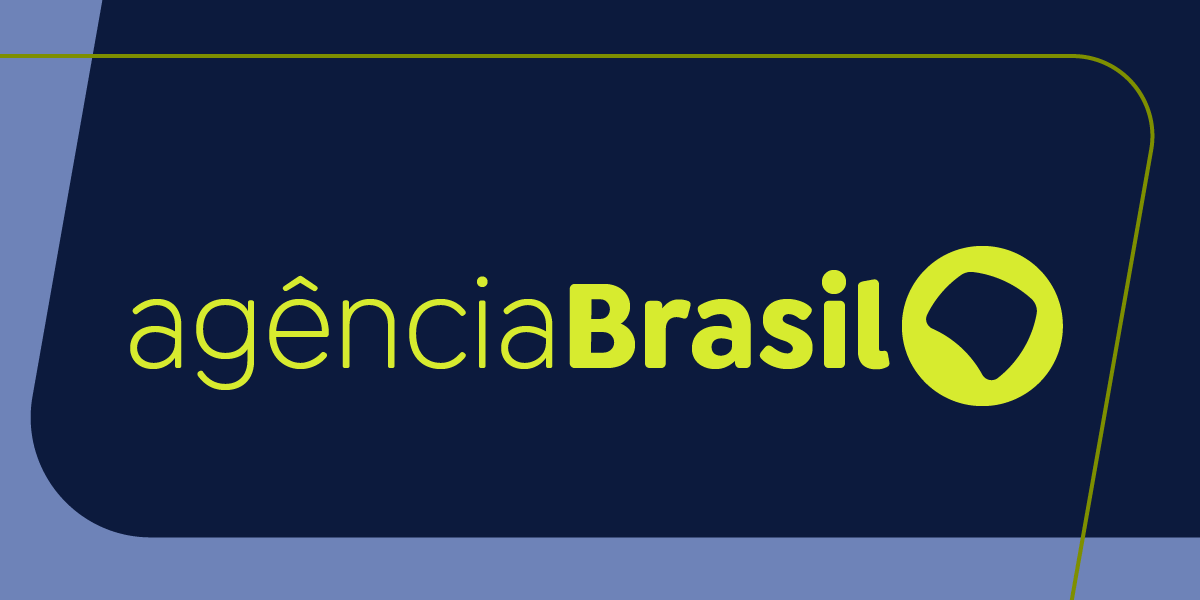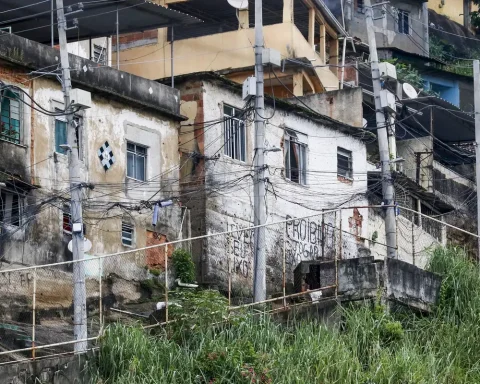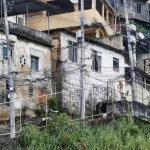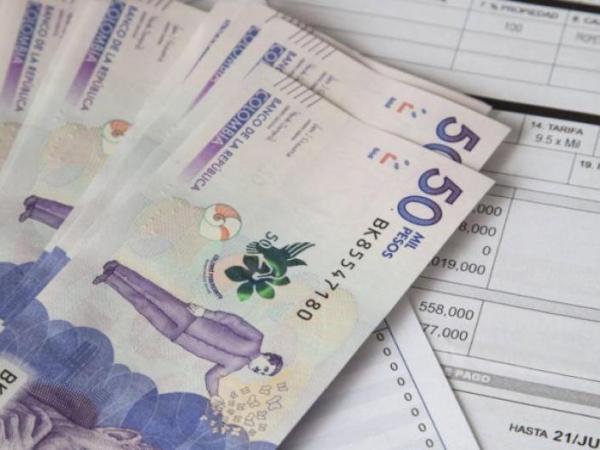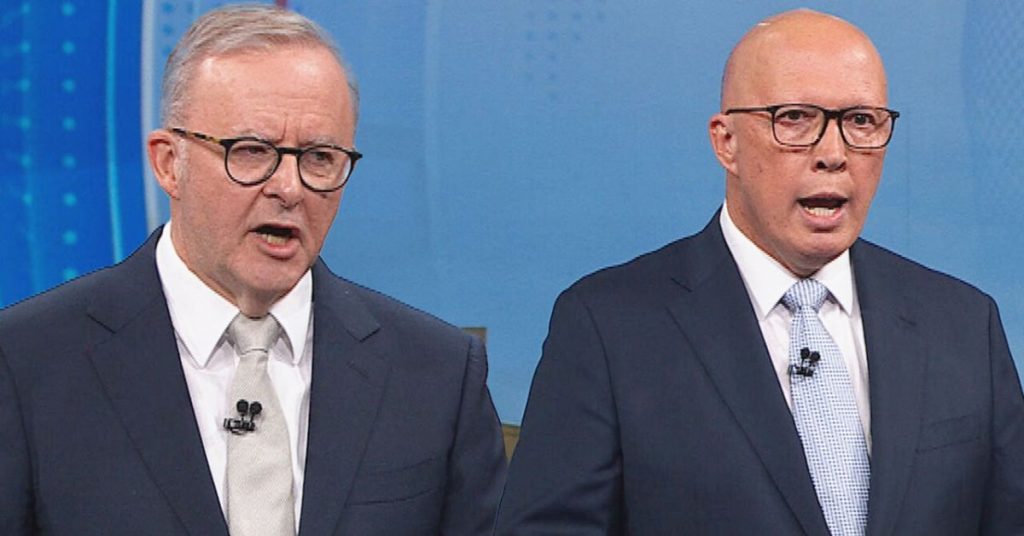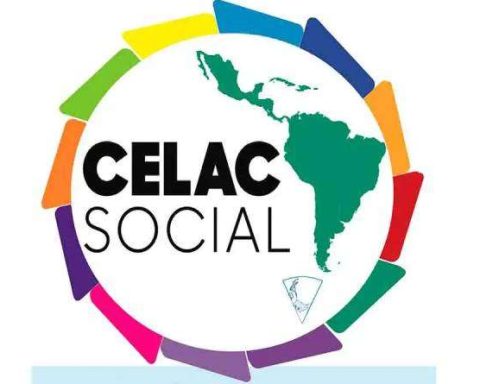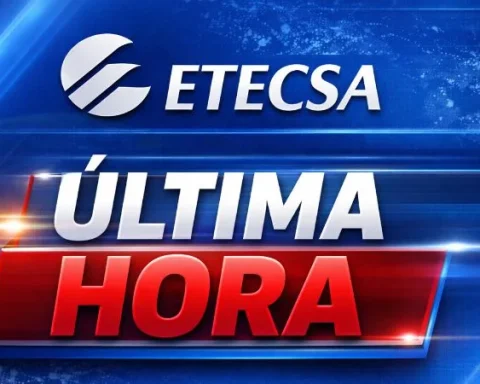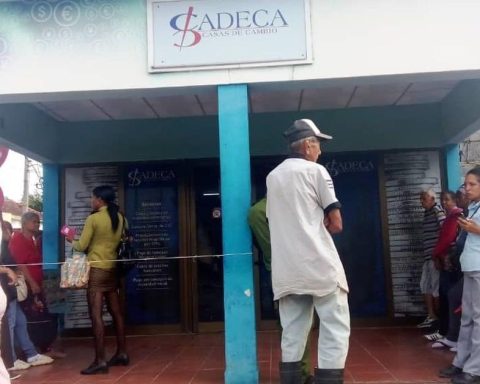The forecast of the financial market for the National Consumer Price Index (IPCA) – considered the country’s official inflation – went from 5.65% to 5.57% this year. The estimate is in the Focus Bulletin on Tuesday (22), a survey released weekly by the Central Bank (BC), in Brasilia, with the expectation of financial institutions for the main economic indicators.
For 2026, the projection of inflation was maintained at 4.5%. For 2027 and 2028, predictions are 4% and 3.8%, respectively.
The estimate for 2025 is above the ceiling of the inflation target that must be pursued by the BC. Defined by the National Monetary Council (CMN), the goal is 3%, with a tolerance interval of 1.5 percentage up or down. That is, the lower limit is 1.5% and the upper 4.5%.
In March, inflation closed at 0.56%mainly pressured by food prices, according to the Brazilian Institute of Geography and Statistics (IBGE). Despite this pressure, the IPCA lost strength compared to February, when it marked 1.31%. Accumulated in 12 months, inflation total 5.48%.
Basic interest
The high price of food and energy and the uncertainties around the global economy made the BC once again increase interest at a percentage point at the last meeting in March, Selic’s fifth increase in a contraction cycle in monetary policy.
In a statement, Copom reported that the Brazilian economy is heated, despite signs of moderation in expansion. According to the BC, full inflation and nuclei – a measure that excludes more volatile prices such as food and energy – remain high. The agency warned that there is a risk that service inflation remains high and said it will continue to monitor the government’s economic policy.
Regarding the next meetings, Copom said it will raise Selic “less magnitude” at the May meeting and left no clues for what will happen after that.
Until December, the financial market estimate is that the basic rate rises to 15% per year. For 2026, 2027 and 2028, it is expected to be reduced to 12.5% per year, 10.5% per year and 10% per year, respectively.
When Copom increases the basic interest rate, the purpose is to contain heated demand, and this causes reflexes in prices because the highest interest rates make credit more expensive and stimulate savings.
But in addition to Selic, banks consider other factors when defining consumer interest, such as risk of default, profit and administrative expenses. Thus, higher rates can also make it difficult to expand the economy.
When the Selic rate is reduced the tendency is that credit is cheaper, with incentive to production and consumption, reducing control over inflation and stimulating economic activity.
GDP and exchange
The projection of financial institutions for the growth of the Brazilian economy this year went from 1.98% to 2%.
For 2026, the projection for Gross Domestic Product (GDP – the sum of goods and services produced in the country) also rose from 1.61% to 1.7%. For 2027 and 2028, the financial market estimates GDP expansion by 2% for the two years.
In 2024, the Brazilian economy grew 3.4%. The result represents the fourth year in a row in growth, with the highest expansion since 2021 when GDP reached 4.8%.
The forecast of the dollar quotation is $ 5.90 for the end of this year. At the end of 2026, it is estimated that the US currency is $ 5.96.
